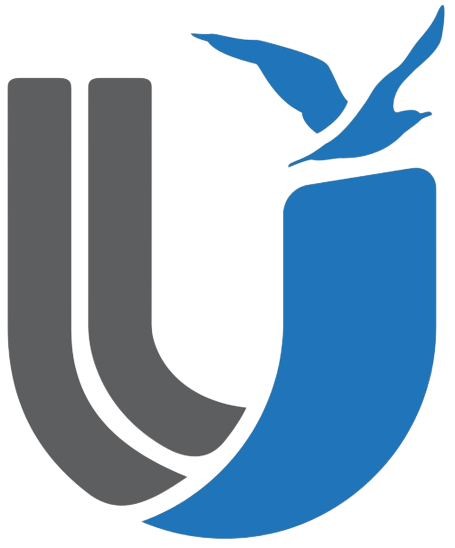Supercharge Your Digital Marketing with Smart Asset Strategies
Effective management of digital assets plays a vital role in achieving successful marketing outcomes. As marketing evolves, maintaining organization and security becomes essential to handle the complexity of modern strategies. Streamlined systems allow businesses to operate more efficiently while protecting valuable resources from risks. Organized asset management supports consistent alignment between marketing activities and broader business objectives. Such practices create a foundation for seamless execution and growth in dynamic environments, and this article is here to help.
Empower Your Team with Clear Guidelines
To effectively manage your digital marketing assets, it’s crucial to establish clear guidelines and provide comprehensive training for your team. Implementing a standardized structure for file naming, such as including the date, project name, and asset type, ensures that assets are easily identifiable and searchable. Educating team members on these conventions not only enhances efficiency but also fosters consistency across the organization. For example, leveraging AI-powered solutions can further streamline the process by offering intelligent asset management and search capabilities. Regularly reviewing and updating these guidelines ensures they remain relevant and effective.
Evaluating the Cost-Effectiveness of Digital Asset Management Tools
Evaluating the cost of a digital asset management system requires careful attention to both upfront and ongoing expenses. Subscription-based models dominate the market, but pricing structures can differ significantly based on the features you need. Watch for additional charges, such as setup fees or advanced support, which can inflate the total cost. Comparing offerings from multiple vendors ensures you find a system that aligns with your budget while meeting your operational demands. A well-chosen DAM system can streamline your processes without unexpected financial strain.
Streamline Your Visual Assets with Secure PDF Consolidation
One effective way to enhance your digital marketing efficiency is by consolidating your visual assets into secure and easily shareable PDF files. This method not only preserves the visual integrity of your images but also simplifies sharing across various platforms. By organizing your images into structured PDFs, you reduce the risk of miscommunication and data loss. If you’re looking to make this transition, you can give this a try using a JPG-to-PDF converter tool, which efficiently converts your printable image files into PDFs. This approach ensures that your marketing campaigns are supported by well-organized and easily accessible visual content for all involved.
Importance of File Format Compatibility in Digital Asset Management
Having digital asset management tools that support diverse file types is essential for smooth operations. Assets like images, videos, audio, and documents each come with unique format needs that must be accommodated. Compatibility across these formats ensures workflows remain uninterrupted and efficient. When tools are designed to handle a variety of file types, content management becomes more seamless, reducing bottlenecks. Such adaptability directly contributes to the success and agility of marketing processes.
Increasing Data Security with Role-Based Metadata Access
Implementing role-based access to metadata editing is crucial for maintaining data integrity and preventing unauthorized changes. By assigning specific roles to individuals based on their responsibilities, you ensure that only qualified personnel can modify metadata. This approach not only enhances security but also streamlines operations by reducing the risk of accidental data alterations. For example, metadata tags can automatically identify sensitive data, adding an extra layer of security by triggering additional protocols when necessary. Regularly auditing these roles and permissions ensures that your data management strategy remains robust and adaptable.
Boosting Security with Role-Based Access Control in Cloud Platforms
Implementing role-based access control (RBAC) within cloud platforms is essential for ensuring that only authorized individuals can access and modify digital marketing assets. By assigning specific roles and permissions, you can limit access to sensitive data and functions, reducing the risk of unauthorized changes or data breaches. This approach aligns with the principle of granting the least privilege necessary, which enhances security and streamlines operations. For instance, using built-in roles, you can assign permissions at various levels, ensuring that users have access only to what they need.
Maximize Your Marketing Impact with Systematic A/B Testing
A systematic approach to testing is essential for improving digital marketing strategies. Evaluating different variables over time provides clear insights into audience preferences and behaviors. Consistently refining elements like messaging or design ensures campaigns align more closely with user expectations. Data gathered from these efforts can guide adjustments that enhance overall performance and adaptability. Staying responsive to shifting trends helps maintain relevance and effectiveness in dynamic markets.
Adopting these strategic asset management practices can transform your digital marketing efforts, leading to improved efficiency and more impactful campaigns. By focusing on secure asset consolidation, clear team guidelines, and robust security measures, you position your organization to thrive in a competitive digital environment. Embrace these strategies to ensure your marketing initiatives are both effective and resilient.
Unlock the full potential of your business by joining the United Corpus Christi Chamber of Commerce and connect with a thriving network dedicated to your success!

